Arizona’s dynamic economy thrives on the dedication of its seasonal workforce. From bustling hospitality hubs in Phoenix and Scottsdale to the expansive produce fields surrounding Yuma, temporary and part-time workers are critical to the state’s economic heartbeat. Over the years, these workers have struggled under the weight of rising student loan debt and rigid repayment systems ill-suited for fluctuating incomes. Recent changes led by the Trump administration, however, are reshaping this story. Let’s dive deep into how these federal adjustments are providing much-needed relief to Arizona’s vibrant seasonal workforce.
The Backbone: Arizona’s Seasonal Economy
The Role of Cities and Industries
Arizona’s economy is uniquely structured—tourist destinations such as Sedona and Flagstaff rely heavily on seasonal staff during peak travel months, while in cities like Tucson and Mesa, the agricultural cycle requires an influx of laborers to support harvests. Yuma, for example, is often called the “Winter Lettuce Capital of the World”; every winter, thousands of temporary agricultural jobs spring up to meet national food demand.
Leisure and hospitality, too, dominate in places like Scottsdale, where in-demand workers fill hotels, resorts, and golf courses as “snowbirds” descend from colder states every winter. Meanwhile, Phoenix sees surges in retail and events-driven hiring during the spring training baseball season.
Employment Stats and Trends
According to the latest employment reports, Arizona’s seasonally adjusted unemployment rate in June 2025 stood at 4.1%. While this figure reflects stability, beneath the surface, the employment landscape is marked by steep, cyclical fluctuations. In a single month, nonfarm employment can drop by nearly 60,000 jobs due to seasonal layoffs, highlighting how many rely on short-term gigs to make ends meet. Over a year, sectors like leisure and hospitality, government, and educational services experience pronounced hiring and firing cycles.
The Student Loan Burden in Arizona
The Challenge for Seasonal Workers
Nationally, over 40 million Americans hold student loan debt, with Arizona borrowers contributing a significant share. Seasonal workers in the state, often students or recent graduates themselves, are caught in a double bind: periods of high earnings alternate with stretches of little or no income. Traditional student loan repayment plans—built around steady, year-round employment—simply don’t fit the unpredictable realities of Arizona’s workforce.
The Debt Reality
For seasonal workers in Tucson, Tempe, or Glendale juggling multiple jobs annually, missing just one payment can mean late fees, compounding interest, and long-term financial setbacks. The pressure is especially acute in industries where off-seasons can last several months, leaving workers without the income needed to meet federally mandated repayment schedules.
Trump’s Student Loan Adjustments: An Overview
The “One Big Beautiful Bill Act”
The Trump administration, responding to mounting national frustration, enacted the “One Big Beautiful Bill Act,” ushering in a sweeping overhaul of the federal student loan system. The main features include:
-
Permanent tax-free student loan reimbursement from employers, encouraging businesses to help their workers manage debt.
-
Overhauling repayment plans, slimming down choices to just two (a standard fixed monthly payment, and a newer, stricter income-based plan).
-
Cap on federal borrowing limits to prevent excessive debt accumulation.
-
Major changes to the Pell Grant program, including new rules disqualifying part-time students and introducing “Workforce Pell” grants for high-skill training programs.
-
Stricter eligibility requirements for existing student loan forgiveness programs, especially those tied to public service and nonprofit work.
What Changed for Workers
For Arizona’s seasonal workers, the most immediate and positive impact comes from employer-sponsored student loan payments now being tax-free—making such benefits more attractive and effective. Resorts in Paradise Valley, agricultural producers near Yuma, and call centers in Chandler can all now offer direct debt relief to staff without tax penalties.
Additionally, short-term training programs—popular with seasonal laborers seeking to upskill between contracts—now qualify for targeted grant aid, making continued education more accessible.
In-Depth: Impact on Arizona’s Key Sectors
Hospitality and Tourism
Cities like Scottsdale and Sedona lean heavily on thousands of hospitality workers each busy season. Many employees in these regions are either attending state universities like Northern Arizona University in Flagstaff or repaying student loans after graduating from places like Arizona State University in Tempe. With the new legislation, employers in these cities now offer student loan repayment aid as a competitive perk.
Hotels, restaurants, and tour operators report greater staff retention thanks to their ability to offer up to $5,250 annually in tax-free loan repayment benefits, providing tangible relief for young professionals carrying loan debt from degrees in hospitality management, culinary arts, or business.
Agriculture and Rural Communities
In Yuma, where the agricultural labor force balloons each winter, the “Workforce Pell” provision is vital. These grants specifically target workers attending short-term, skill-building courses tied to in-demand trades—think agribusiness certifications or advanced machinery training. Because seasonal agricultural work rarely coincides with traditional, semester-based college calendars, this flexibility opens doors for workers to enhance both earning power and long-term career prospects.
Education and Public Service
Tucson, Phoenix, and Mesa boast large public and nonprofit sectors. Broad changes to the Public Service Loan Forgiveness program have narrowed eligibility, targeting only those in government or approved nonprofit roles. While some support for teachers, nurses, and first responders remains, others working at organizations deemed incompatible with the administration’s priorities face new hurdles in seeking loan forgiveness.
The Human Element: Stories from Across Arizona
Phoenix: A Hotel Manager’s Rebound
A young hotel manager in Phoenix, who’d borrowed for a degree from Arizona State University, faced years of frustration with rigid repayment terms that didn’t account for variable tip-based income. With her employer now able to pay a portion of her student loan debt tax-free, she’s been able to reduce her balance significantly, freeing up funds to save and spend locally.
Yuma: Upward Mobility for Migrant Workers
In Yuma’s vast fields, a single mother of two, long reliant on seasonal lettuce harvests, recently accessed a Workforce Pell Grant to complete a food processing certification. Now qualified for year-round supervisory roles, she secures higher earnings—and steadier loan repayment.
Flagstaff: University Graduates Find Flexibility
Flagstaff’s service sector—anchored by NAU’s student population—has historically churned through temporary workers constrained by student debt. As the new law encourages local resorts and businesses to help repay those debts, graduates can take seasonal jobs without worrying that loan payments will spiral out of control during the city’s quieter periods.
Where It Falls Short: Continuing Struggles
Despite meaningful relief, Trump’s reforms are not a silver bullet for everyone. The elimination of part-time Pell Grant eligibility means some working students lose crucial support. Stricter deferments make it harder for those facing health or economic crises to pause payments without penalty. And changes to the Public Service Loan Forgiveness program mean certain nonprofit employees—especially those in hotly debated sectors—now face greater uncertainty about whether their debts will ever be forgiven.
Additionally, ongoing staff cuts in federal and state agencies have led to confusion and delays for Arizonans trying to navigate the new bureaucracy. Customer service backlogs mean some are left in limbo, waiting for guidance on how new rules apply.
The Business Perspective: How Arizona Employers Adapt
Business leaders have largely welcomed the adjustments, citing improved recruitment and retention. In Tucson and Phoenix, tech companies, healthcare providers, and even city agencies are experimenting with employer-sponsored student loan benefits as a way to attract skilled workers. Near the Colorado River, seasonal hospitality businesses are integrating debt relief into hiring packages to keep reliable staff returning year after year.
Growing interest in short-term training means community colleges in Mesa and Glendale are expanding course offerings aligned with the new Workforce Pell requirements, ensuring that coursework matches industry demand and maximizes access to grants.
Policy and Legal Outlook
Arizona lawmakers and advocates remain deeply divided about the changes. Proponents argue that the focus on job-aligned training and employer tax incentives empowers workers to repay debt quickly, while detractors warn of widened inequality as some students and nonprofits lose support. Legal and administrative challenges continue as the Department of Education restructures, moving responsibilities to the Small Business Administration.
Looking to the Future: Seasonal Work, Student Loans, and a Changing Arizona
As sunbelt cities like Phoenix and Tucson continue to grow, and seasonal tourism and agriculture remain cornerstones of the state economy, adapting student loan policy to meet these realities is critical. Trump’s adjustments have brought welcome relief for some: tax-free employer aid, realistic repayment structures, and more targeted grants for training. But for Arizona’s diverse, cyclical workforce, the story is still unfolding—and the need for flexible, accessible financial aid remains as urgent as ever.
Workers in Flagstaff’s snowy resorts, Yuma’s sun-drenched farms, and Scottsdale’s bustling hotels are watching closely, adapting to the new landscape, and holding out hope for even more responsive support in the future. The next chapter will be written by those who understand Arizona’s essential seasonal spirit and the complexity of the lives it sustains.

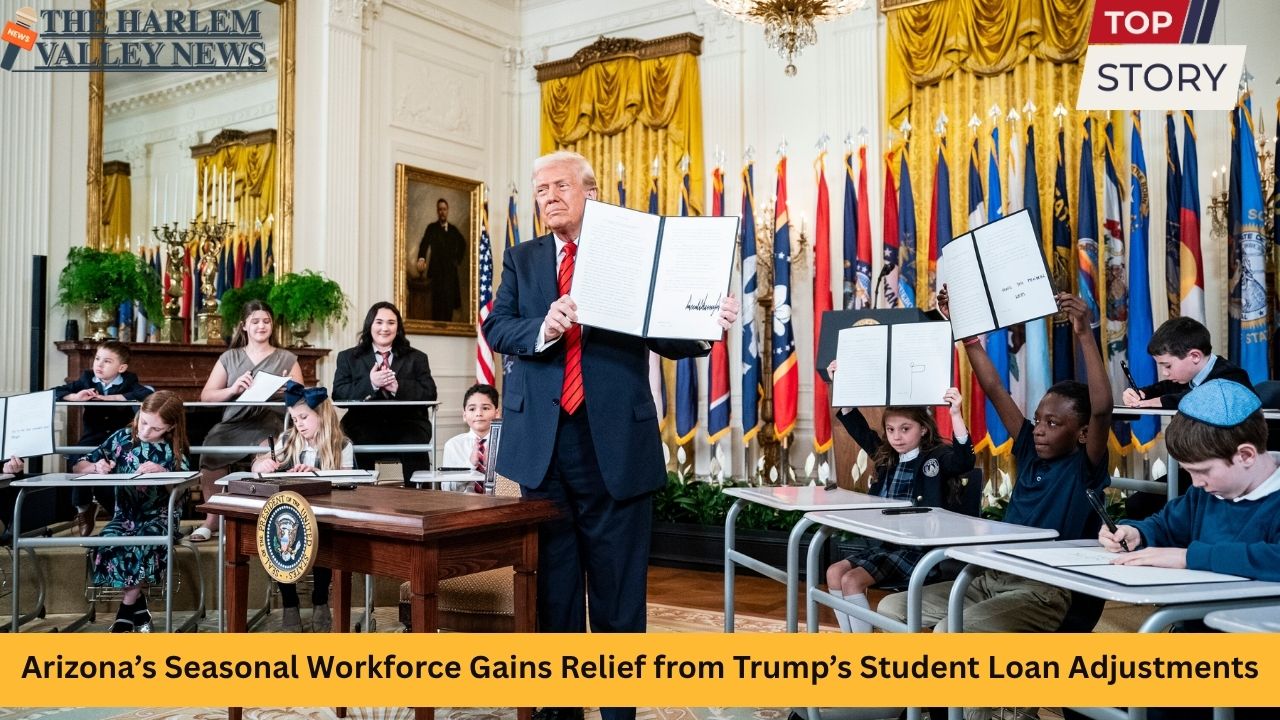




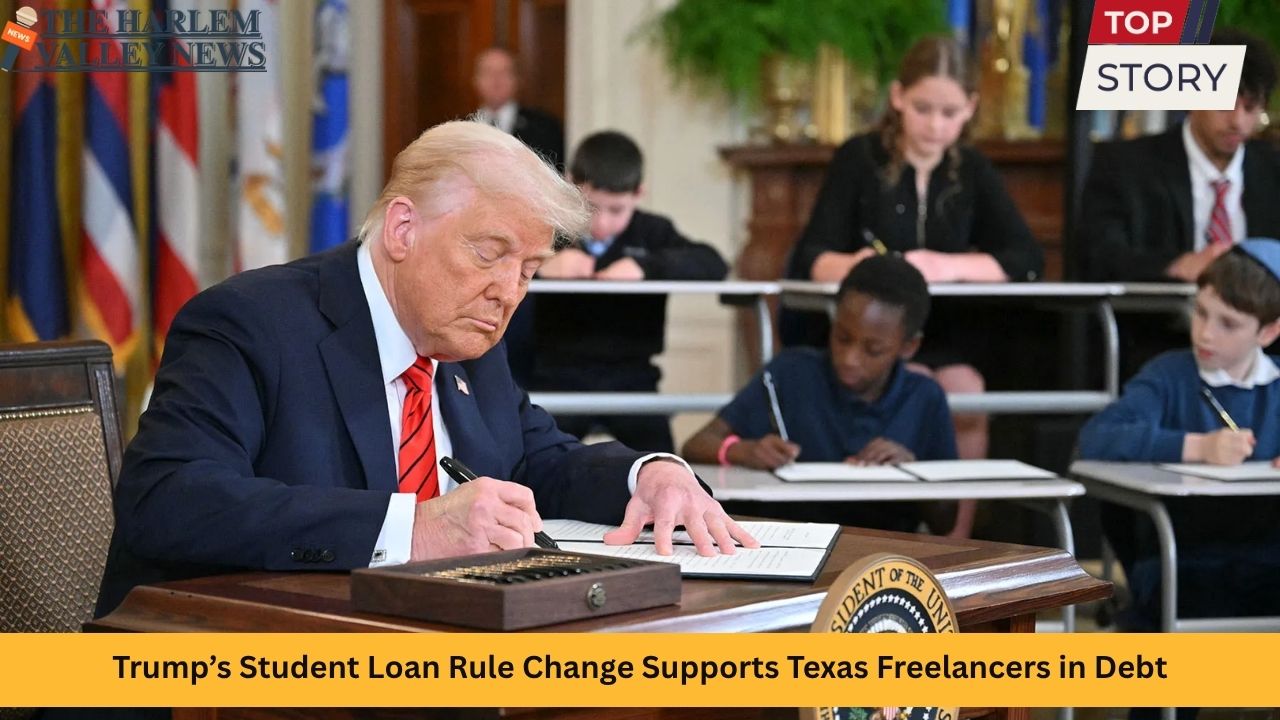
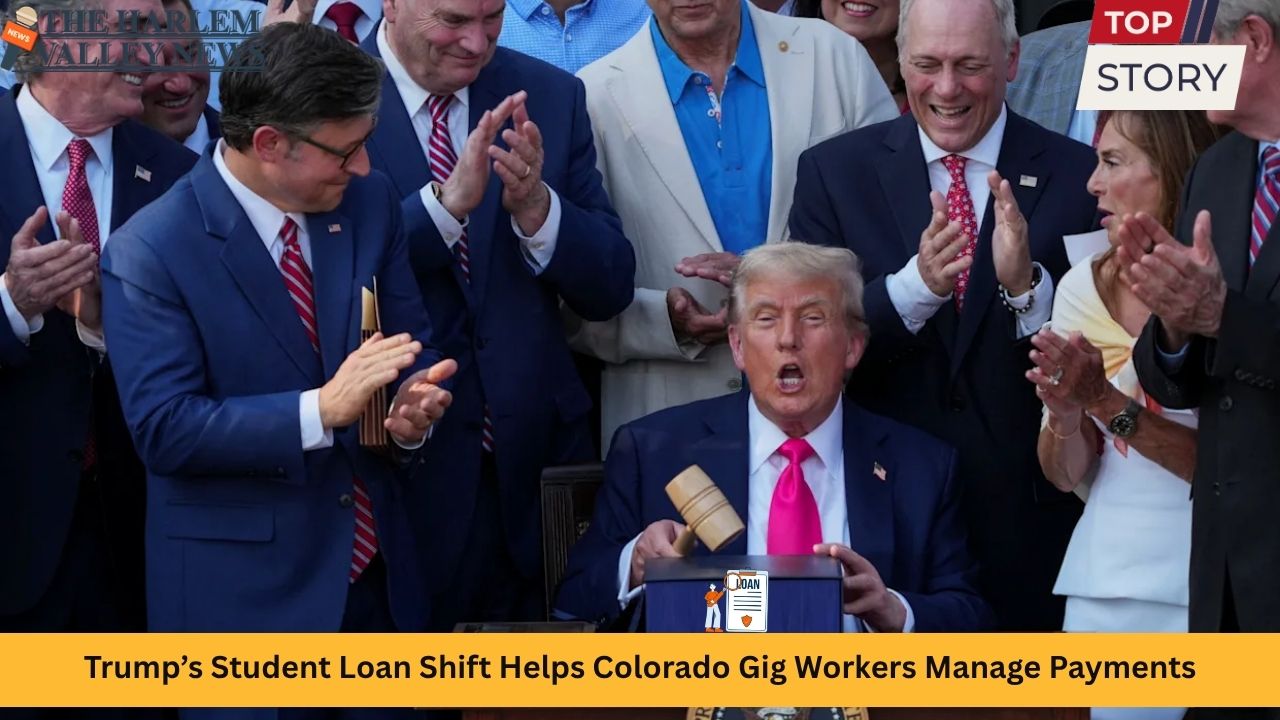
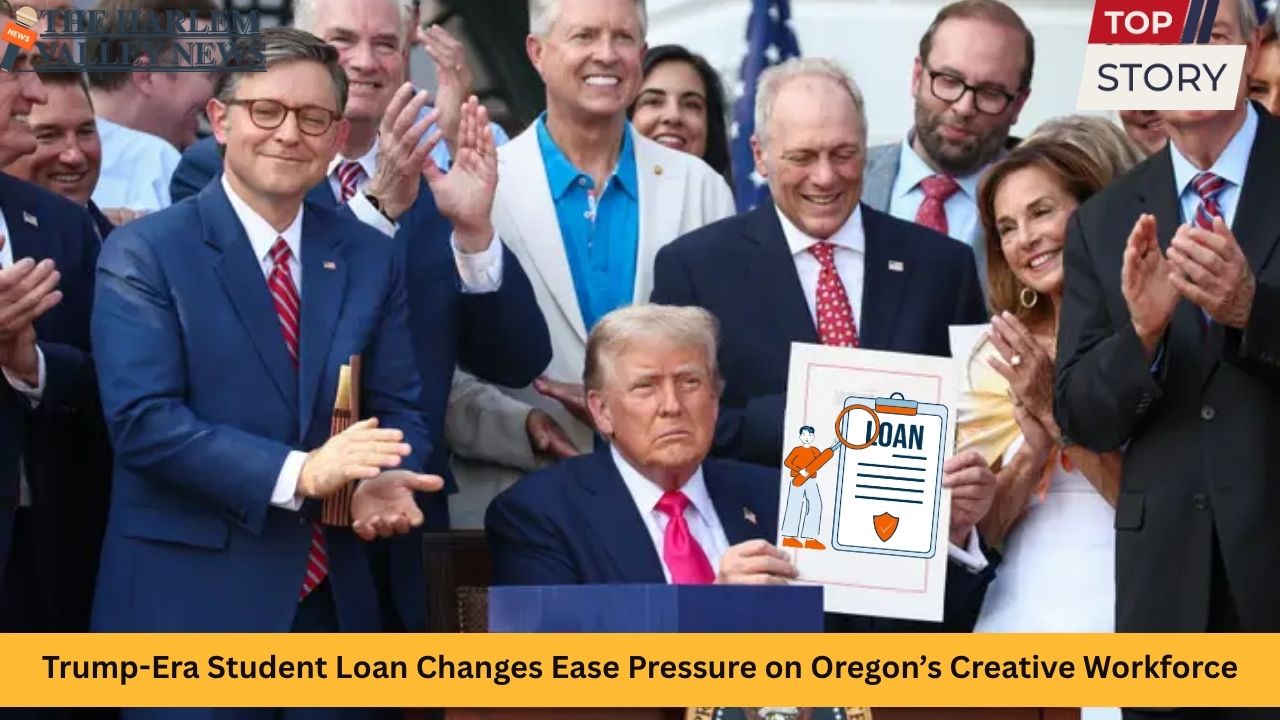
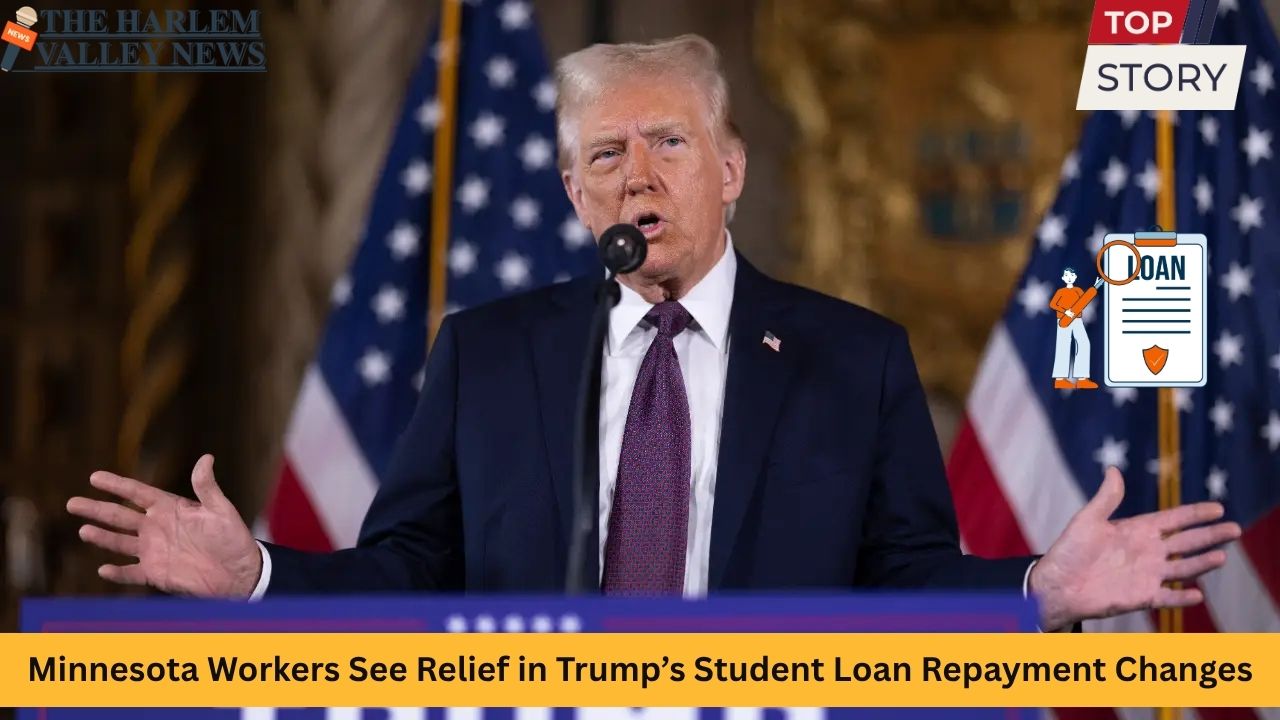
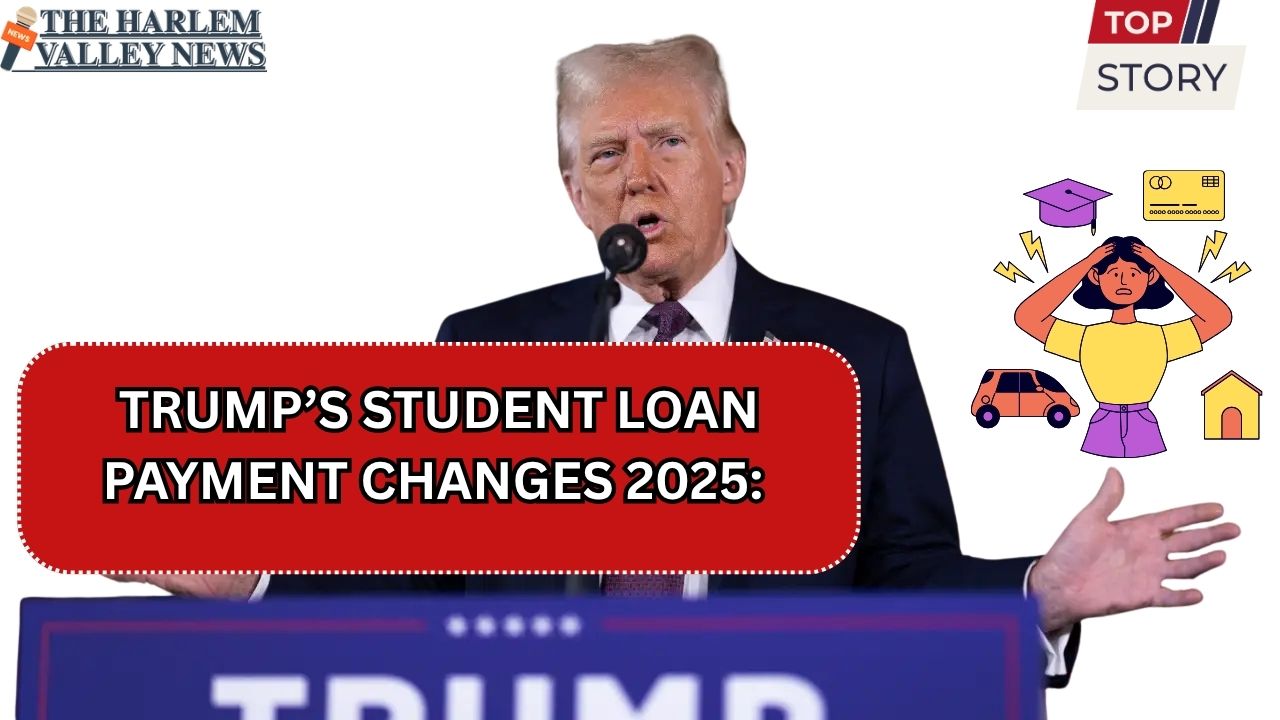

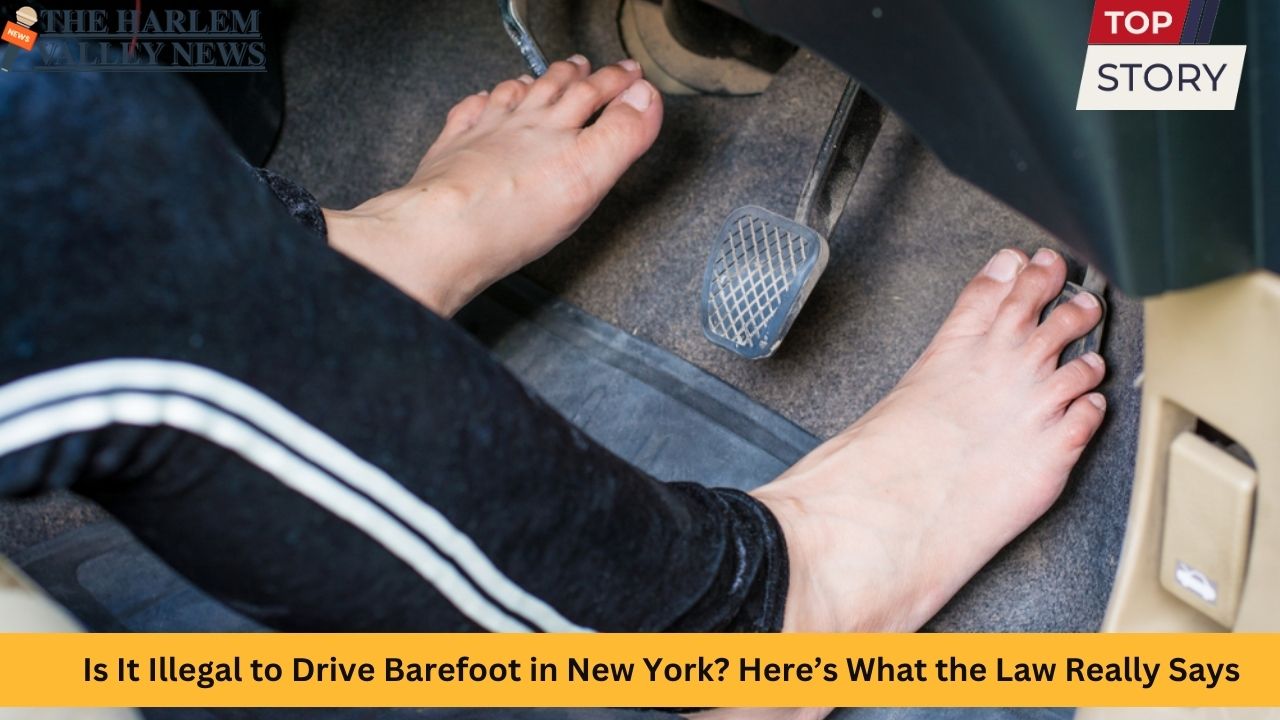




Leave a Reply